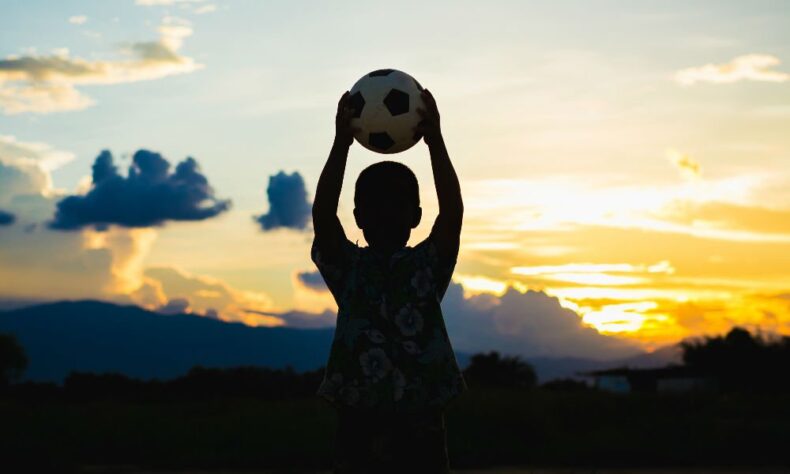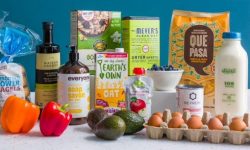Favourite Gluten-Free Items Available at Spud May National Celiac Awareness Month, but every day Spud…
The level of health consciousness around sugar and processed foods has risen significantly over the past decade. Consumers are eating less processed foods, and more fruits and vegetables. Even fast food chains are transforming their agenda, offering healthier options to satisfy market demand. New health trends come and go, but one rule of thumb that has remained quite consistently over the years is that we don’t need sugar; it rots your teeth, it gets converted into fat, and it doesn’t contain any nutrients. However, it’s hidden in so much of the food that you can find in the supermarket that you may be ingesting more than you think. One sneaky place where sugar hides under the guise of ‘health’ is in sports drinks.
Sports drinks were initially designed as the ‘drink of the athletes’ who trained at an Olympian or equivalent level. We’ve seen the commercials; turbo-charged scenes of a hyper-fit athlete revving up for a workout. You know that the athlete is working hard as a result of the brightly coloured perspiration dripping down their forehead. The orange sweat is pretty unappetizing if you ask me, but these campaigns have certainly succeeded in convincing us that these drinks are necessary to ‘refuel’ after undergoing physical activity.
But here’s where this message becomes skewed; these athletes train at a level that is so physically vigorous that they sufficiently deplete their bodies to require the re-hydration and calorie replenishment that these drinks provide. In comparison, your child, who just spent an hour running around the soccer field, does not require replenishment at nearly the same level of urgency.
But this is how the world works. The sports drink market is estimated to be worth a whopping $6.81 billion, so you can bet that it’s not just Olympians that are reaching for the stuff. If sports drink companies only sold their products to the athletes that needed them, they would only make a tiny fraction of the profit they make today. Hence broadening the marketing playing field to include ‘athletes at all levels’, especially kids.
So what does your kid actually need after the big soccer game?
Well, to start, they certainly don’t need the 34 grams of sugar commonly found in a 20 ounce bottle of Gatorade. That’s roughly as much as consuming nine whole sugar cubes!
What we really need at the end of a long workout is water, and maybe a few electrolytes that you could find in a clementine or banana. Electrolytes are minerals such as sodium, potassium, and calcium. When we engage in physical activity, the most common electrolyte that we’re losing is sodium. However, most of us get more than enough sodium in our daily diet that there is no reason to stress about replenishing. A small clementine has 131 mg of potassium (compared to the 75 mg found in a bottle of Gatorade), calcium, magnesium, vitamin C, and folate. A banana has Vitamin B and C, potassium, manganese, magnesium (which helps cramping), and a gram or two or protein.
Water and a piece of fruit is also a better option when we look at how sugar acts in the body. A child with an empty stomach will absorb sugar into their bloodstream very quickly. This causes insulin levels to skyrocket, causing the body to store fat when it doesn’t need to. Fruits also contain the fiber necessary to slow down natural sugars from entering the bloodstream, and prevents insulin levels from spiking.
Many sports drinks contain the same amount of sugar as soda. And what’s worse, is that many sports drinks actually contain two servings per bottle–so how did we get tricked into thinking that these brightly coloured beverages were what we needed after a good workout? Health trends will come and go, some with more validity than others. But what sports drinks boil down to, quite literally, are copious amounts of sugar, and a billion dollar industry. The longest standing prescription for a healthy lifestyle; nutritious food and exercise.So keep running around, but stop reaching for the blue stuff!




